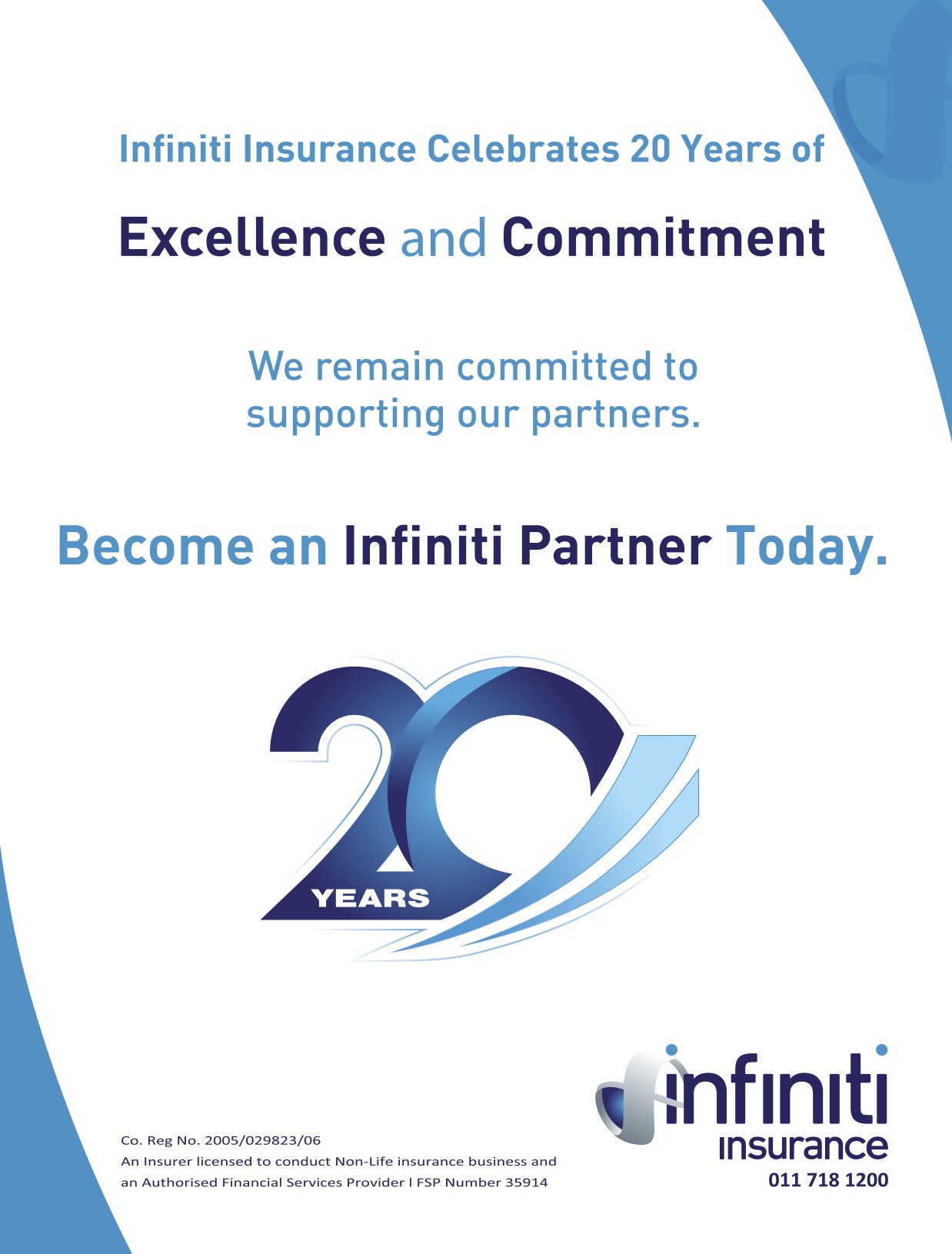By Lea Bonnet, insurance lead at iqbusiness

From volatile markets to climate shocks and AI disruption, today’s headlines make one thing abundantly clear: insurance is no longer just about protection, but prediction. Artificial intelligence, data analytics, and shifting consumer behaviour are changing everything about how insurers assess risk, engage with clients, and manage operations. And while the digital revolution brings enormous potential with the allure of clean solutions, it also presents challenges that cannot be solved through technology alone. Strategic leadership with thoughtful human resource management implemented through a clearly defined roadmap are now essential to staying ahead.
One of the most significant changes will be the adoption of AI in underwriting and the successful automation of claims processing. In the next few years, automated, data-driven risk assessments will become the norm, drastically reducing processing time while improving accuracy. But integrating AI isn’t as simple as plugging in a new tool. Most insurers are working with legacy systems, fragmented data sources, and siloed departments. Without clean, centralised data and organisational alignment, AI cannot deliver on its promise. The solution begins with a comprehensive data strategy led from the top, accompanied by a transformation team that spans IT, operations, and underwriting. These teams must work together to ensure not only technological integration but also a cultural shift toward data trust and collaboration.
Another clear impact is the rising expectation of seamless, personalised digital experiences, especially from retail policyholders but increasingly from corporate clients too. As consumers become used to real-time service and personalisation from platforms like Amazon or Netflix, they expect the same from their insurers.
Unfortunately, many insurers are still reliant on outdated customer resource management systems, and manual workflows with slow claims processes. To meet new expectations, insurers need to reimagine the entire customer journey. This means investing in omnichannel communication, predictive analytics, and AI-powered service tools. But more critically, they need to invest in and reimagine their people power. Staff must be retrained to serve not just as administrative processors, but as digital advisors who combine empathy with tech fluency. Without that human bridge, even the best digital strategy will fall short.

20 years of Excellence and Commitment
Infiniti Insurance Celebrates 20 years of Excellence and Commitment
We remain committed to supporting our partners.
Company registration number: 2005/029823/06
An Insurer licensed to conduct Non-life insurance
business and an Authorised Financial Services Provider
FSP Number 35914
On the commercial side, corporate clients are no longer satisfied with traditional reactive insurance policies. They’re demanding real-time insights and proactive risk management tools. Afflicted by supply chain disruptions, cyber threats, security risks and climate-related exposures, companies want their insurers to act as partners in prevention, not just payout. This shift requires a fundamental rethinking of the insurer-client relationship.
Instead of offering products, insurers must begin building ecosystems and re-position themselves internally and externally as partners. As part of that, partnerships with IoT platforms, cybersecurity firms, and environmental monitoring tools will be essential. At the same time, corporate account managers must evolve into strategic risk advisors, capable of interpreting complex data and offering actionable advice in an understandable and practical manner.
The truth is that insurance 2.0 is about a people transformation, not a tech plug-in.
But amidst all these exciting innovations, one of the biggest barriers to progress is and will continue to be internal resistance. Employees across insurers are fearful of automation, sceptical of change, and unsure of their place in the future. Particularly in South Africa’s low-growth, high-unemployment economy, many insurance professionals are deeply anxious about job security, making digital transformation efforts especially delicate and complex to manage.
Without clear communication and principled, strong leadership, digital transformation becomes a source of tension rather than momentum. The answer lies in building a strong internal narrative. Leaders must be transparent about their vision and how it benefits not only the company but the individuals within it. Creating cross-functional digital champions, incentivising adaptability, and embedding continuous learning into the company culture are essential as strategic human resource management evolves into the engine that powers digital transformation.
Finally, there’s a growing realisation that true transformation isn’t a siloed technology project, but a business strategy. Too many companies make the mistake of delegating digital change to IT departments without aligning it to broader business goals. This results in misaligned KPIs applied through disjointed systems that burn through cash and waste investment.
The future belongs to insurers in which the C-suite takes personal ownership of the digital agenda. Transformation needs to be embedded into operational plans, financial forecasts, and organisational culture. Establishing a dedicated Digital Transformation Office with clear metrics, strong authority, and strategic people integration is a key part of this reimagination, but is not the silver bullet. People, not just platforms, are the competitive advantage of the future.
As the insurance industry hurtles head-first into the digital revolution, it must confront the fact that it’s no longer good enough to operate efficiently. Insurers are compelled to operate intelligently, strategically, and with agility.
It’s clear that AI, automation, and data will shape the new landscape, but it’s only through visionary leadership and empowered teams that success will ultimately be driven.

